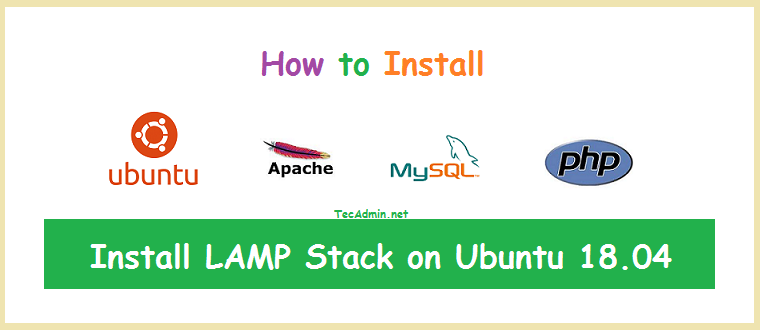Linux terminal can seem quite overwhelming for new users and even for experienced users without the knowledge of Linux tips…
Browsing: linux
What is Shell? Shell is a command interpreter or a program that reads and interprets commands issued to it by…
Sudo provides special privileges to any user or group. Some of the commands are accessible by the root user only.…
In the realm of server security, especially for CentOS and Red Hat Enterprise Linux (RHEL) systems, Fail2ban emerges as a…
Setting the proper file permission for any web application is an important part of web hosting. In this tutorial, you…
There are multiple options available to identify the running desktop environment on a Linux desktop. Here we discuss two commonly…
SFTP (SSH File Transfer Protocol) is a secure protocol to transfer files between systems. It uses an encrypted secure shell…
The LAMP Stack (Linux, Apache, MySQL, and PHP) is the most popular web hosting environment for the PHP based application.…
Note- This is a continuous updated article till the Linux Mint 19 final release available. Visit this article regularly to…
Question. I am running a Linux system (Ubuntu) system. Its root user has 100K emails to their mailbox. How do…


